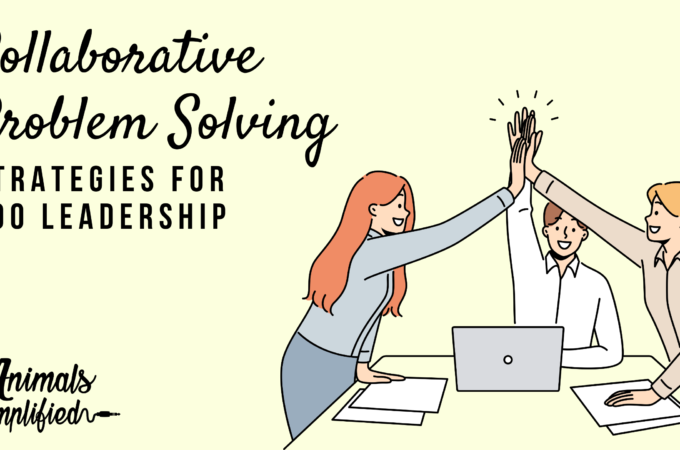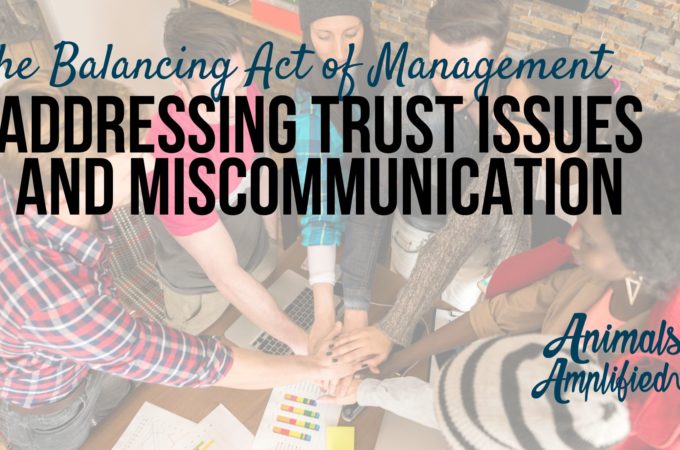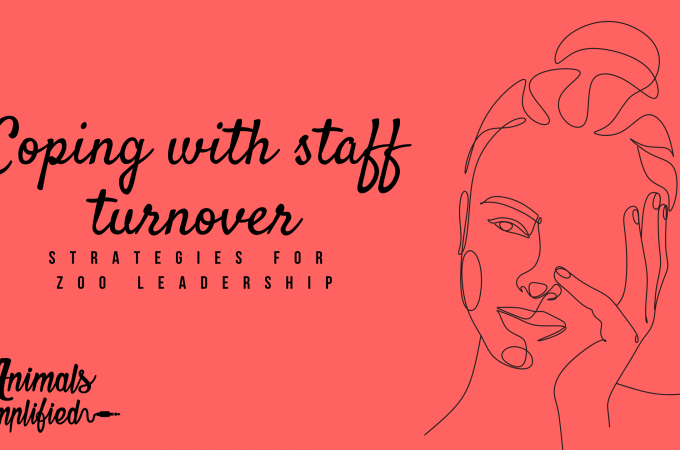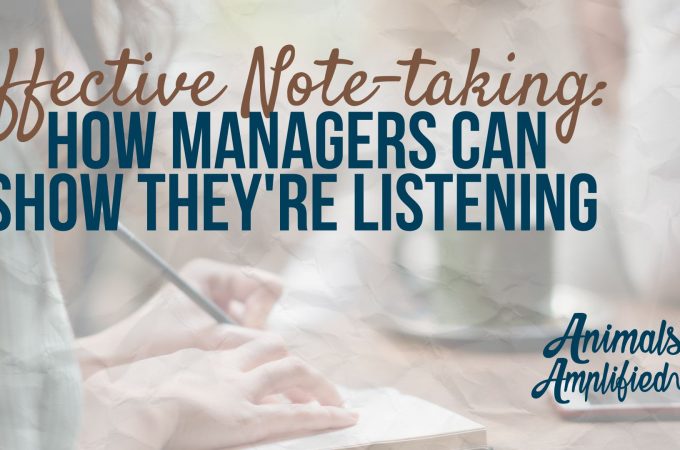
Conflict Management
Recently my office partner and I engaged in what could have become a pretty heated battle. Often he is present and privy to employee meetings, coaching sessions, reviews, etc. In his opinion, most of the time I talk too much about personality quirks, reactions to situations, and offer feedback about the employee is as a person.
On this particular day he called me out. “You focus a lot of personalities and how everyone is getting along.”
I said, “Well I agree, I’m long-winded. Sometimes I talk too much…okay most of the time I talk to much, but the thing, is all those little things affect the team and the way we get our work done.” I gave a specific example of employee who is known to be a passive aggressive. “People have quit working in our department because of her and her attitude. So it can’t be something that I let go and hope it works out.”
“Well do you think we should pay more attention to those things?” He asked about his own department.
We continued to have an enlightening discussion about when these things matter. We talked mostly about examples of when we didn’t address something that we should have and when we over analyzed things that didn’t need to be addressed.
Here’s what we settled on.
1) When do we address the individual?
Ask yourself the question. Does this individual’s actions or behavior affect the team or the job?
Yes?
Then address it.
Example: There appears to be an us versus them mentality on the team. The air is thick with hostility, when things don’t get completed, the blame game happens. Upon digging, you discover one of your more senior employees has been complaining to the team about a newer employees personality, work ethic, and attitude.
Address the senior employee, their complaining is distracting from the day’s work, causing animosity and hostility. Address the newer team member discuss opportunities to build rapport with the team and check in on how that employee is feeling in general.
2) How do we address the individual?
In order to do this you need to know what behavior is affecting the team or the job. Talk about that behavior specifically. Be direct and to the point. Define what behavior is unacceptable, what behavior is expected, and ask for confirmation that the behavior can be achieved. I also think it’s important to let them know that you won’t give up until it’s fixed. Then stick to it.
Example: Continuing with the example above, pull your senior team member aside and say, “It’s been brought to my attention that you have been talking with other employees about Sandra’s attitude, work ethic, and personality. This behavior has to stop. As a senior member of this team we expect you to treat all employees with dignity and respect and address any issues you might have directly and with the person involved and no one else. Can you do this?”
3) Document.
All of our least favorite thing we have to do, but it’s important. If your company has specific documentation procedures, use those. If they don’t create a form that both you and the individual sign. It could be as simple as an action plan with dates that you will follow up and check progress.
Example: In the case of this particular senior employee you might include this in a regular one-on-one or coaching meeting. You could also summarize in an email after the meeting. “Thanks for taking the time to meet with me today. I have great faith that in the future, you’ll remember to take your complaints and/or issues directly to the individual or management instead of talking amongst peers. I value you greatly as a leader on this team and have no doubt you’ll set the same example when it comes to conflict as you do with training and husbandry. Let’s plan on meeting up again in a month to discuss this issue and ensure it’s resolved.”
4) Let it go.
Don’t hold a grudge. Don’t walk two steps behind the employee waiting for them to trip up. Have faith in your team, the systems you’ve set in place, and your authority. Continue to commend positive growth and point out the strengths of that individual.
Example: Just days after your meeting with your team members the newest member of your team approaches your senior staff for help with a training problem. Your senior staff member readily helps and together they solve the problem. You have a great opportunity to point out not only to the two employees involved but to the entire team what a great example of teamwork and relationship building you witnessed. Commend them publicly for growth and improvement.
5) Follow up.
While you’re going to let it go, you’re also going to stick to your promises. If you said you’re going to follow up in a month. Do it. Mark it on your calendar and then use 360° feedback to check in on the situation and coach the employees accordingly.
Example: After a month goes by you notice on your calendar that it’s time to follow up with team on the previous issues. You check in with all members of the team to see how the two are working together. You discover that while they might not sit together at lunch, they have assisted each other with some large cleaning projects and your senior staff member continues to help the newer team member with her training challenges. You call them both in for a meeting and let them know you are pleased with their progress and happy to have such a perfect example of leadership and teamwork.
Follow those five steps and you’ll sail through anything that might threaten to disrupt the team.
If you’d like help setting up a system of one-on-ones, 360° feedback, documentation, and coaching just email us at lynnlee@animalsamplified.com! We’d love to help!
Download our tips below!
Conflict managment (825 downloads)




